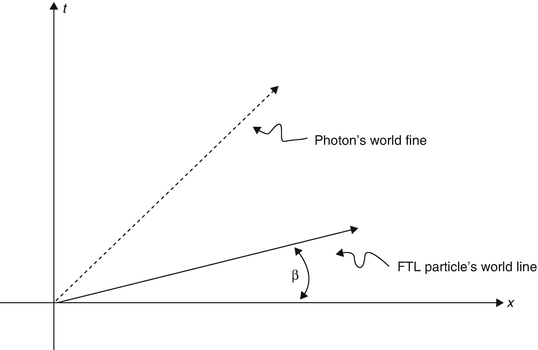

Comets may have orbits which take them out to more than 1000 AU. It is also possible on a geostatic view, for objects such as comets to vary their speed from subluminal to superluminal and vice versa simply because the distance from the Earth varies. In this frame of reference, in which Proxima Centauri is perceived to be moving in a circular trajectory with a radius of four light years, it could be described as having a speed many times greater than c as the rim speed of an object moving in a circle is a product of the radius and angular speed. Proxima Centauri, the nearest star outside the Solar System, is about four light-years away. Daily sky motionįor an earth-bound observer, objects in the sky complete one revolution around the Earth in one day. In the following examples, certain influences may appear to travel faster than light, but they do not convey energy or information faster than light, so they do not violate special relativity. Neither of these phenomena violates special relativity or creates problems with causality, and thus neither qualifies as FTL as described here. In some materials where light travels at speed c/n (where n is the refractive index) other particles can travel faster than c/n (but still slower than c), leading to Cherenkov radiation (see phase velocity below).

Some processes propagate faster than c, but cannot carry information (see examples in the sections immediately following).This is not quite the same as traveling faster than light, since: In the context of this article, FTL is the transmission of information or matter faster than c, a constant equal to the speed of light in vacuum, which is 299,792,458 m/s (by definition of the metre ) or about 186,282.397 miles per second. Examples of apparent FTL proposals are the Alcubierre drive, Krasnikov tubes, traversable wormholes, and quantum tunneling. Apparent FTL is not excluded by general relativity however, any apparent FTL physical plausibility is currently speculative. "Apparent" or "effective" FTL, on the other hand, depends on the hypothesis that unusually distorted regions of spacetime might permit matter to reach distant locations in less time than light could in normal ("undistorted") spacetime.Īs of the 21st century, according to current scientific theories, matter is required to travel at slower-than-light (also STL or subluminal) speed with respect to the locally distorted spacetime region. Particles whose speed exceeds that of light ( tachyons) have been hypothesized, but their existence would violate causality, and the consensus of physicists is that they do not exist, and their existence would imply time travel. The special theory of relativity implies that only particles with zero rest mass (i.e., photons) may travel at the speed of light, and that nothing may travel faster. Spacetime diagram showing that moving faster than light implies time travel in the context of special relativityįaster-than-light (also FTL, superluminal or supercausal) communications and travel are the conjectural propagation of information or matter faster than the speed of light ( c).

For other uses, see Faster than the speed of light (disambiguation).


 0 kommentar(er)
0 kommentar(er)
